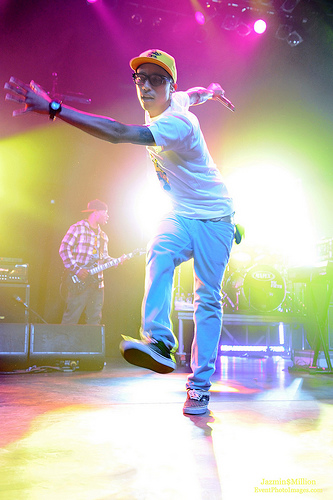 Im reading The Conversations: Walter Murch and the Art of Editing Film by Michael Ondaatje. I got introduced to this book by local filmmaker Mandy Leith, one of the presenters at the recent Wired Words symposium I attended, in Victoria.
Im reading The Conversations: Walter Murch and the Art of Editing Film by Michael Ondaatje. I got introduced to this book by local filmmaker Mandy Leith, one of the presenters at the recent Wired Words symposium I attended, in Victoria.
Murch is one of the 20th centurys great film editors, having worked on many classics; e.g., Apocalypse Now, The Godfather, American Graffiti, Julia, The English Patient… Ondaatje is a world-renowned writer, including being author of The English Patient.
The potential of diverse cultures
In The Conversations, Murch talks about the providence of immigrant America; of a large immigrant urban audience from many different countries who had no common language, and how cinema provided that language. American cinema is so strong because its roots were in finding the common denominator that unified people from different cultural backgrounds. That was not true in other countries.
There are similarities between Murch and Steve Jobs, who sadly passed away this week. Both focused on the audience for their product, are multi-dimensional people, with many perspectives, on work, and life.
Yesterday, in the New York Times, columnist David Brooks wrote Where Are The Jobs. The article is part homage to Steve Jobs, and part lamenting the innovation stagnation that seems to be limiting advancement on the big social issues of today. For Brooks, the three most compelling reasons for the stagnation are:
- complexity of the problem is bigger than acknowledged, leading to numerous false (innovation) starts
- lack of utopian visions; i.e., inspirations that motivate us to act, to create a better world
- no essential culture clash
Third, there is no essential culture clash. Look at the Steve Jobs obituaries. Over the course of his life, he combined three asynchronous idea spaces the counterculture of the 1960s, the culture of early computer geeks and the culture of corporate America. There was LSD, The Whole Earth Catalogue and spiritual exploration in India. There were also nerdy hours devoted to trying to build a box to make free phone calls.
The merger of these three idea networks set off a cascade of innovations, producing not only new products and management styles but also a new ideal personality the corporate honcho in jeans and the long-sleeve black T-shirt. Formerly marginal people came together, competed fiercely and tried to resolve their own uncomfortable relationships with society.
The roots of great innovation are never just in the technology itself. They are always in the wider historical context. They require new ways of seeing. As Einstein put it, The significant problems we face cannot be solved at the same level of thinking we were at when we created them.
If you want to be the next Steve Jobs and end the innovation stagnation, maybe you should start in hip-hop.
Amen.
Cultural diversity is part of the solution
To make the make the most of our cultural diversity, we need to bring people from different cultures, walks of life, together acknowledge diversity as a pathway to connection, common ground and innovation.
How to bring diverse people together?
Change happens through conversations, and unless people from different cultures are talking to each other, listening to each others stories, appreciating each others gifts, well be on the short end of innovation.
Big problems can be addressed. Just as the Truth and Reconciliation Commission (TRC) of Canada is helping identify ways to bridge the gap between cultures and communities in conflict, perhaps innovative frameworks can be created to address other big challenges we face, as a society: income inequality, unemployment, immigration quotas, housing options
No easy answers. Yet we have so many resources, diverse peoples, cultural riches to call on.
Whats your hip-hop connection? What clashing of cultures have you brought to your team?
Photo credit: Jazminmillion on Flickr
[Leave a comment about this post. Subscribe to the feed to get regular updates.]

Speak Your Mind